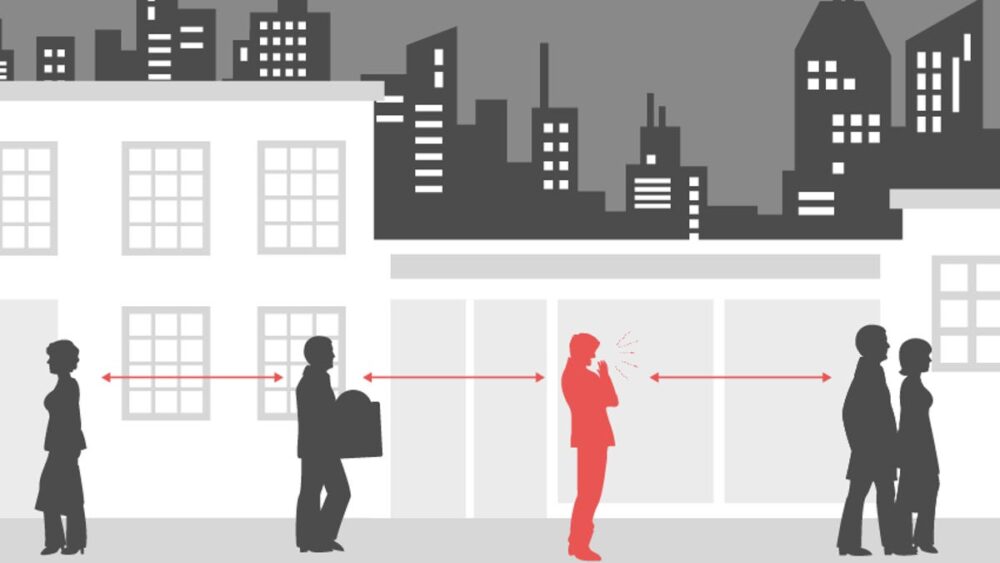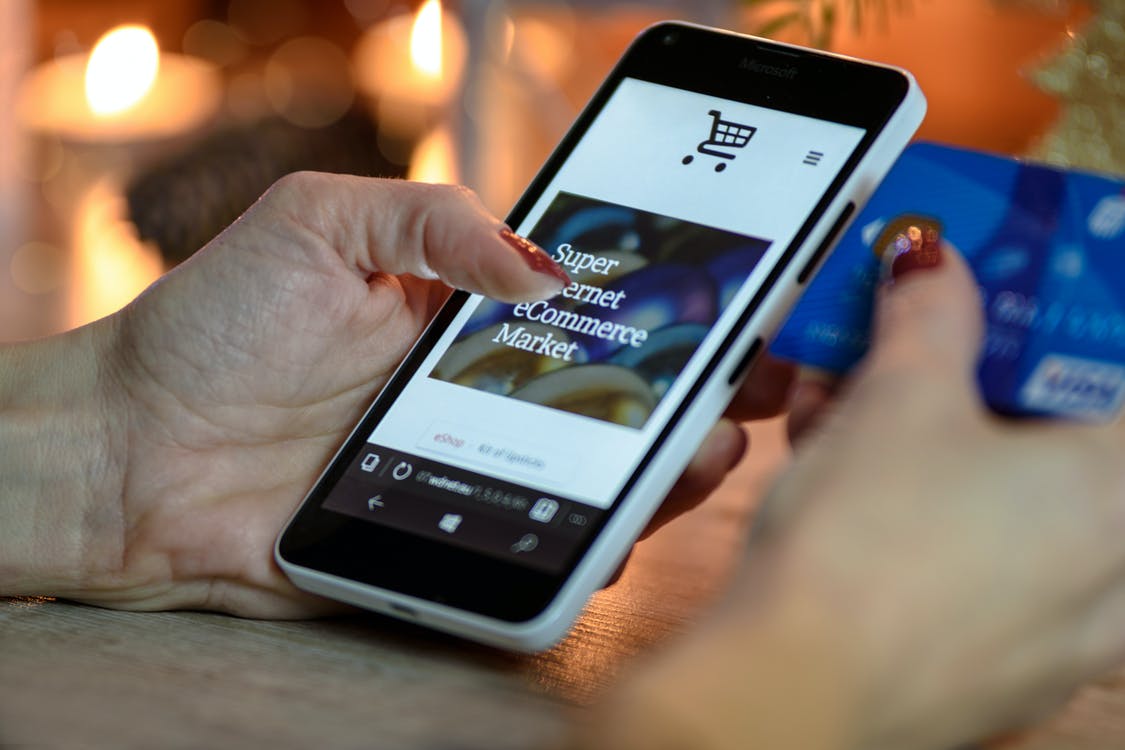
Due to the spread of the Covid-19, most countries in the world have introduced quarantine. Despite the fact that the number of people infected with coronavirus is still growing every day, many countries have already removed some restrictions. Now people can freely walk, play sports, relax in parks, and meet friends at their favorite restaurants. Nevertheless, self-isolation rules and the requirement to wear masks in public places continue to apply, and many remain in remote work.
So, you can find it useful to read here how employers should respond to coronavirus. Besides, a recent Statista poll confirms that the most common change in behavior due to the coronavirus outbreak is to avoid crowded places and follow social distancing rules.
Now it is impossible to predict how everyday life in the future will look like, but it is possible to record a number of significant changes taking place in our behavior now.
Table of Contents
Social Distancing

Somewhere meetings in public places and travel abroad are prohibited by the authorities, somewhere residents are simply advised to stay at home whenever possible. Experts in the field of epidemiology advise volunteering to practice what is called social distancing. This means deliberately limiting contact with people: working remotely, canceling trips, meeting friends and elderly relatives, not going to restaurants, bars, and shops, not using public transport. The distance, of course, did not arise with the beginning of the epidemic, but quarantine only intensifies it. It also changes the way our relationships are built, and in a situation of forced isolation, many familiar things simply stop working.
Today it is becoming finally clear that, just like with the economy, the coronavirus will change our communication as well. In contrast to social loneliness, new forms of interaction may come. Relationships are moving to a remote format – just like individual companies are moving to remote work.
Today, there are many more opportunities for online communication than ten years ago, and many help to recreate the sense of the presence of the interlocutor as voice messages and video communication are available in many instant messengers. Virtual bars and platforms for online concerts are emerging that help to feel the unity and the familiar course of life, albeit in such an unusual format. For example, in Italy and other European countries, residents of quarantined cities began to communicate through balconies: play music, sing songs, play sports together.
Zoom to Home

Another task that had to be promptly solved with the introduction of self-isolation was the organization of work from home. The meeting of two realities – home and office – did not go smoothly for everyone, and the first weeks of mass removal gave rise to many memes about those who come to meetings without pants, not combed, or with a view of the mountains of unwashed dishes in the background (cats, dogs, and children – in the frame by default). Together with the remote location and the opportunity not to waste time on the road, we got colleagues at our home, and access to the house was granted to everyone without exception, even to those whom in other life circumstances we would never have called into our house.
Culture of Sharing

During the quarantine, people began to buy clothes more often through second-hand shops. According to eBay, men in the UK bought 22% more “used clothing” this June than they did a month earlier. At the same time, according to analysts, in the next ten years, reselling in the men’s sector will surpass fast fashion turnover by 50%. This growth in the second-hand segment is dictated by two reasons – the “green” trend and falling income. Against this background, some premium brands that are suffering losses are already gradually rebuilding from classic business models to reselling. For example, Gucci has partnered with premium brand resale platform RealReal.
Sharing services are gaining popularity in the labor market, and at all levels from simple tasks to expensive consultations. For many of those who have lost their jobs, but have the necessary skills, this becomes a way to stay afloat, and for companies – to save money.
Distance Communication and Distance Treatment

Quarantine measures led to the accelerated modernization of remote communication technologies in several directions at once. On the one hand, many companies began to develop new technology solutions that were previously considered “non-priority” to ensure synchronization of all processes outside the office, as well as integrate chatbots and applications for big data analysis.
On the other hand, telemedicine has become a truly global trend for the first time. For example, in the first half of 2024, remote consultations of doctors through mobile applications and online services grew by 177% compared to the same half of 2019. In response to this, both the development of algorithms for medical AI and the development of AI services for decrypting medical images have intensified.
Freelance

The coronavirus has given us the opportunity to conduct the largest labor market experiment. And many companies are already testing the new model. And the global trend towards freelancing, which is actively promoting the generation of millennials, only enhances the chances of success. On the other hand, employers themselves are starting to look more closely at freelancers. This means that if, until recent events, some of the employers planned to hire a marketer or SMM specialist, now they are turning to freelancers.
After the coronavirus, the corporate culture will never be the same. Some of the companies will remain remote after the global epidemic. Firstly, the employees themselves, having felt the benefits of homework, will not want to return to their offices. And secondly, business owners, having measured the KPI of employees and savings on renting premises and utilities, can leave only the most necessary employees in the office.
E-commerce

We are recording an explosive growth in demand for remote services and related services. But what is more important is not the dynamics or even the emergence of new services, but the user experience, including the corporate one. Despite the general digitalization, in recent years there have been many supporters of the old established methods and practices, both among ordinary consumers and among companies. For them, the transition to a new reality was something frightening and too expensive, and the potential benefits were not obvious. The situation with the virus became the impetus that made almost everyone think in one way or another and engage in online services and everything connected with them.
Due to self-isolation, consumers who typically visit offline stores are increasingly shopping online, with the result that e-commerce is booming, especially when it comes to canned goods, pasta, medical and sanitary products. The rise in e-commerce could well become permanent if people continue to hesitate to contact each other in real life and increasingly replace shopping with online shopping.
Logistics platforms are already redefining their concepts in response to new market conditions, allowing retailers to quickly scale home delivery.
Digital Collaboration and Entertainment

As companies move quickly, and in some cases on an ongoing basis, to work remotely, the market for digital collaboration tools such as Microsoft Teams, Google Hangouts, and Zoom is likely to grow rapidly. Zoom has already experienced a 50% rise in its share value since the beginning of the year.
What’s more, as indoor living becomes the norm, instead of attending concerts, museums, and events, consumers are looking for an equivalent AR and VR experience that can be safely enjoyed on the couch.
At the same time, we are already seeing a growing demand for digital media services and entertainment, including social media, games, news, streaming videos, and books, as people seek to relieve boredom and fill the time previously spent traveling and face-to-face communication.
Thus, it may be unusual for many to follow social distancing, wear masks, or lose their cozy and habitable corner in the office, but as the experience of recent months has shown, the world around us is changing, and we are changing with it. And it depends only on us what opportunities we can see in these changes.







